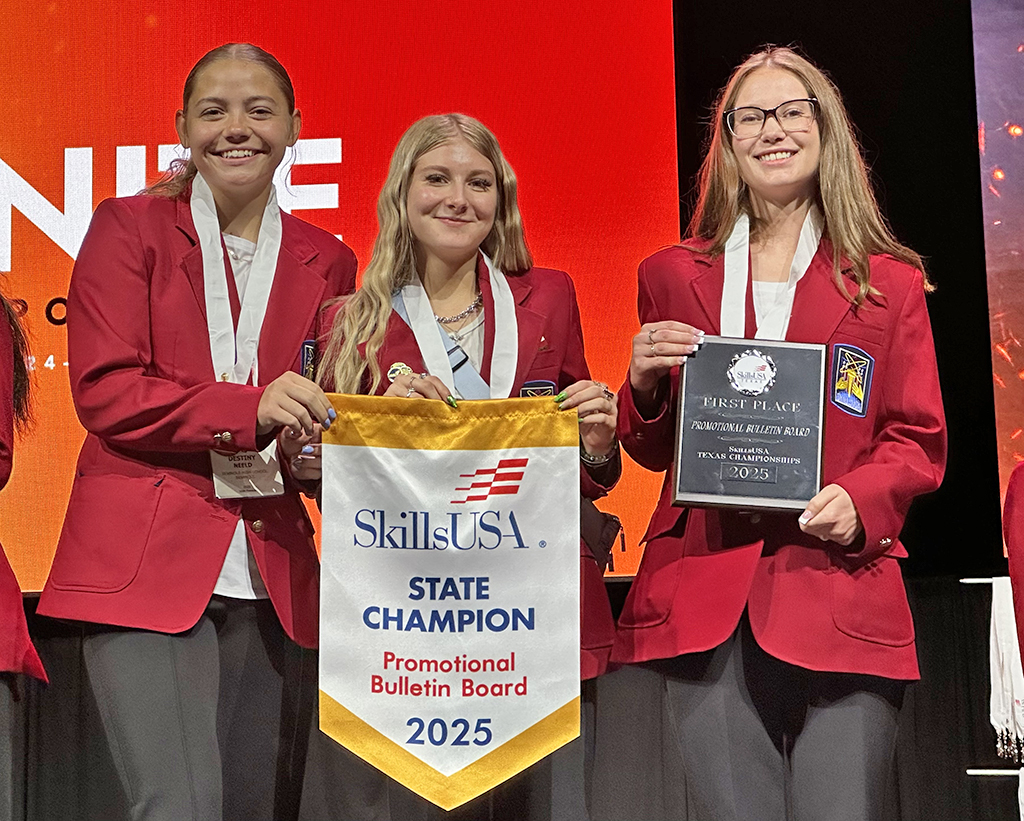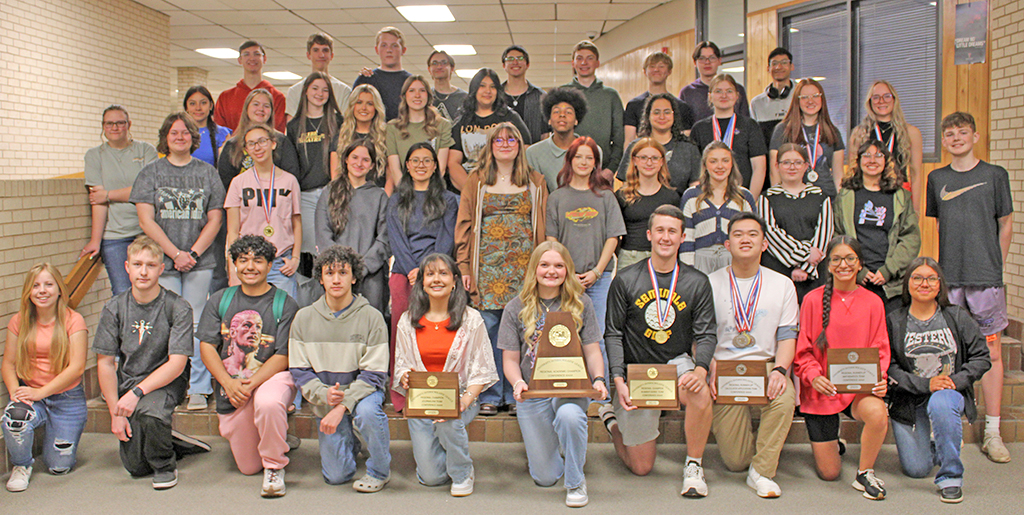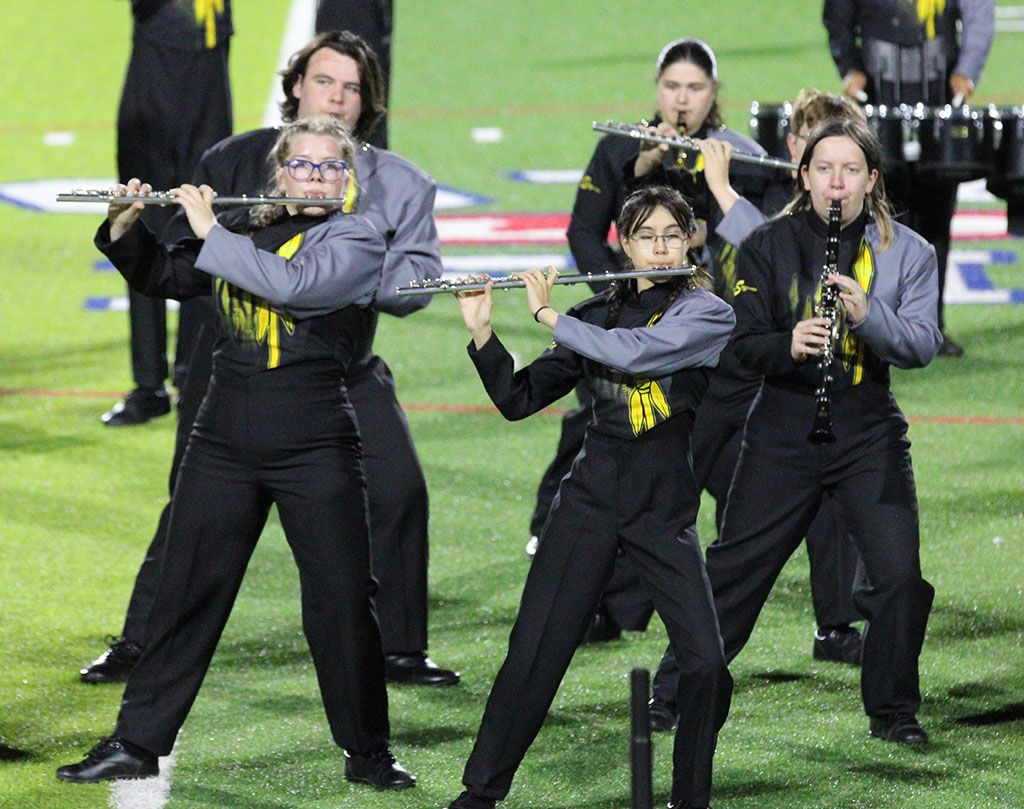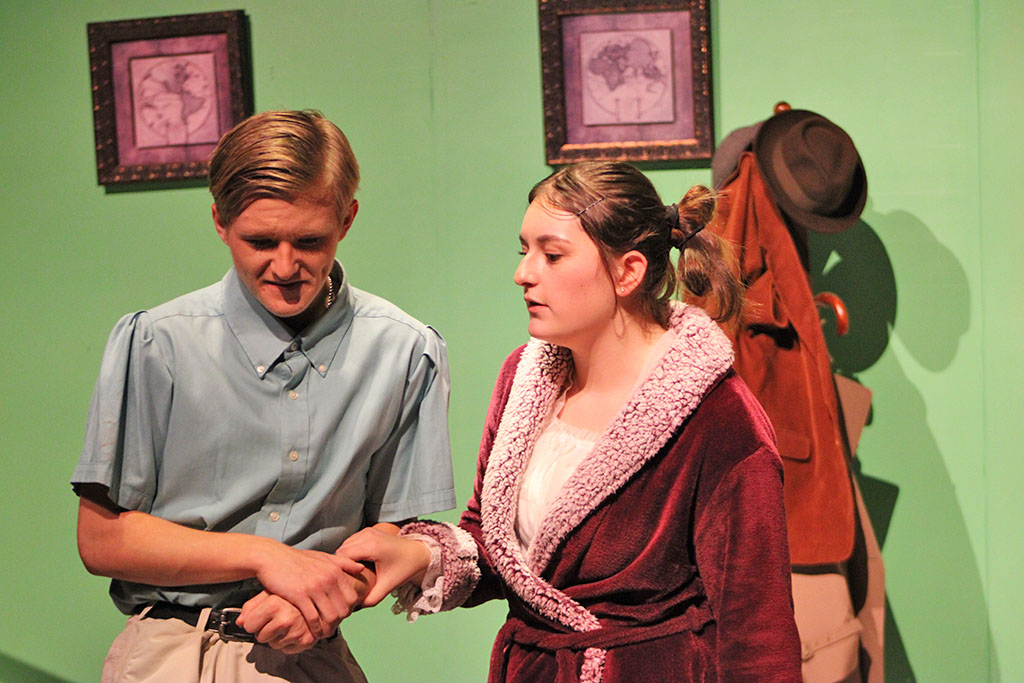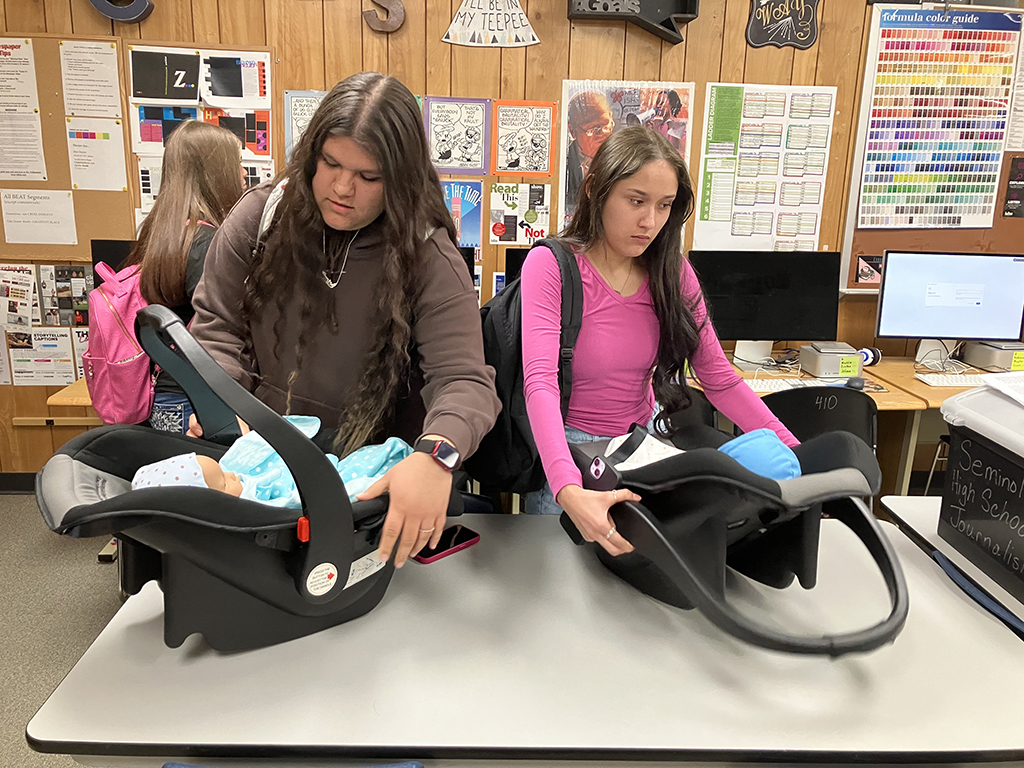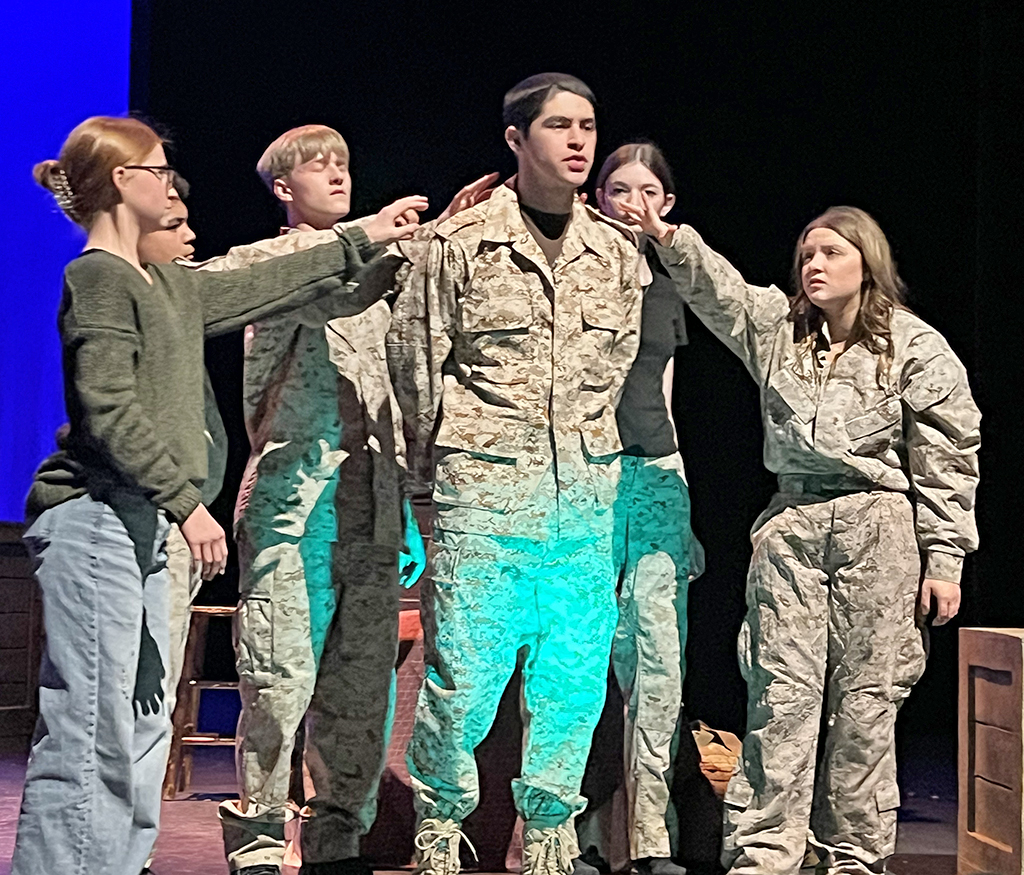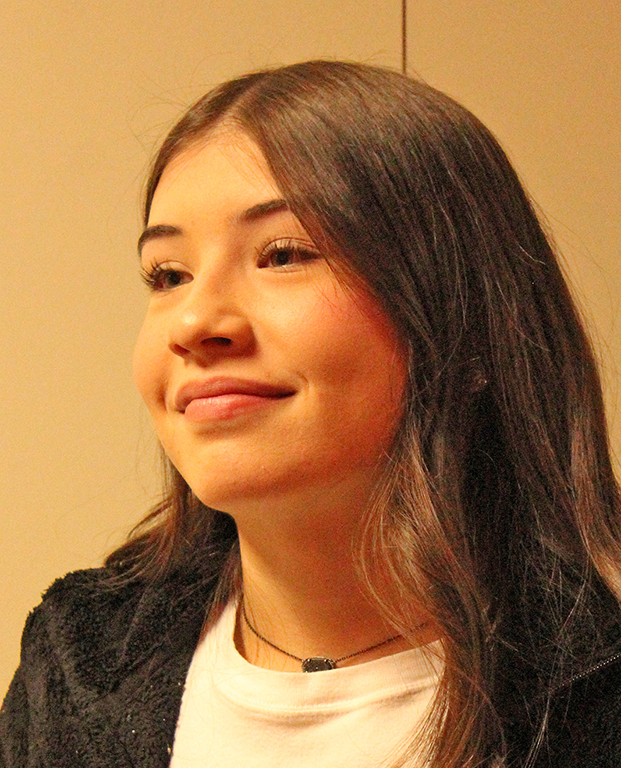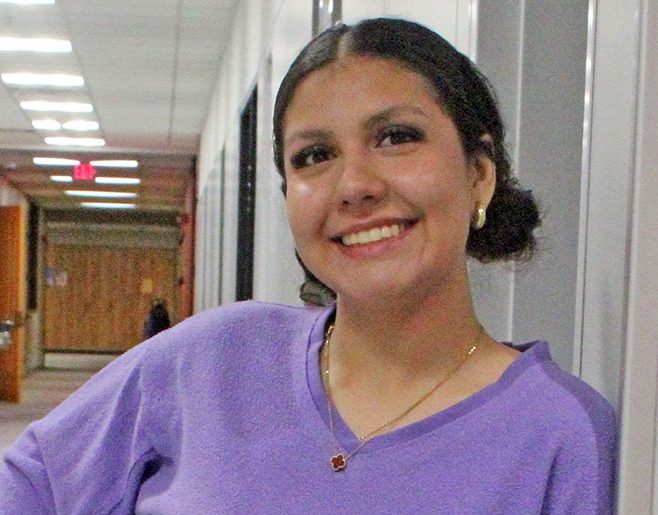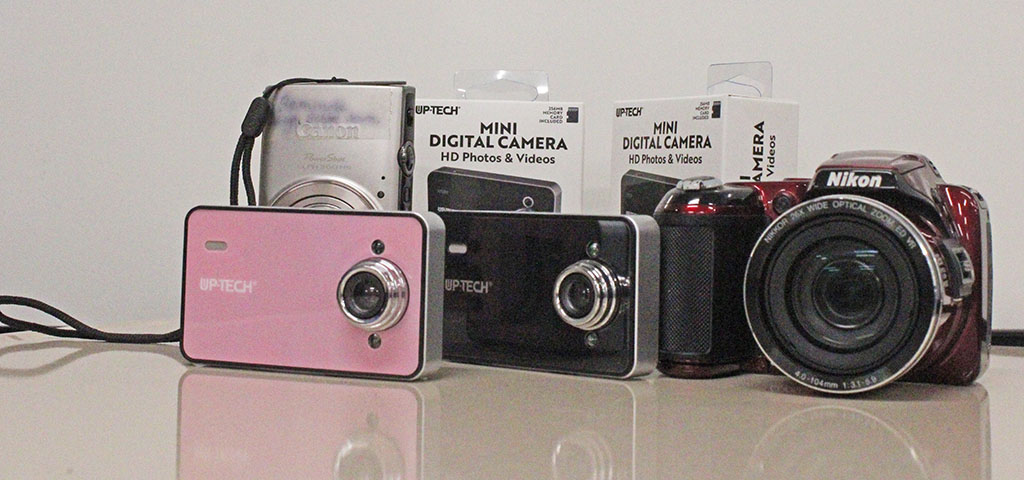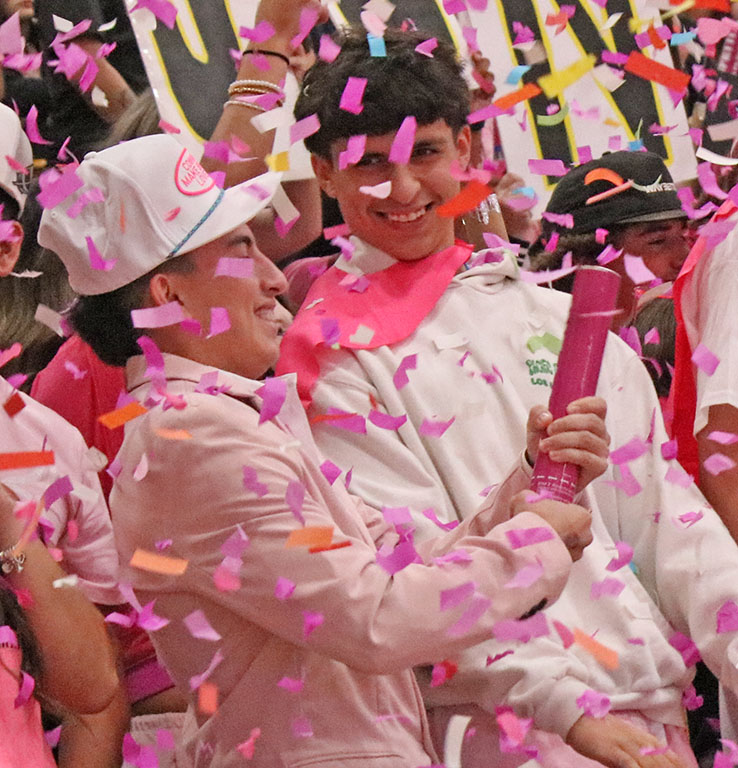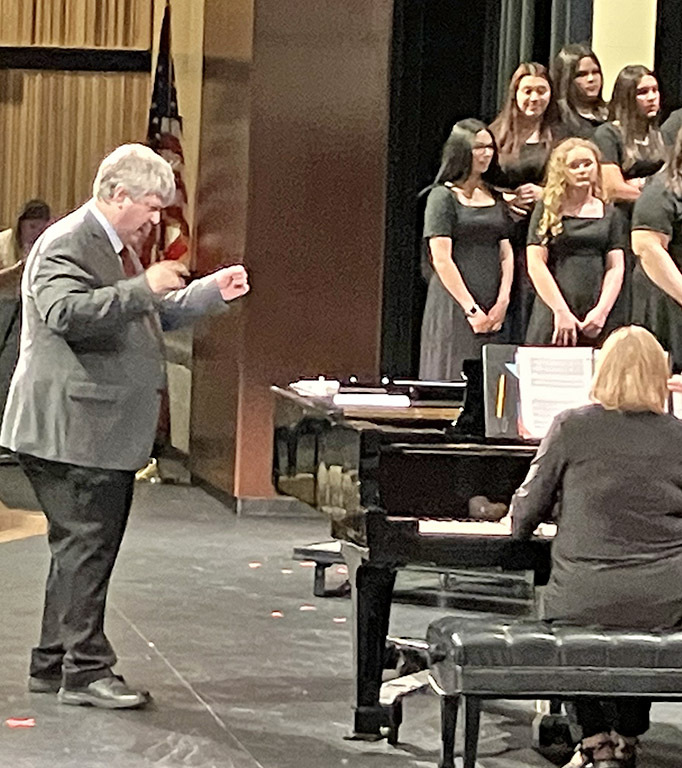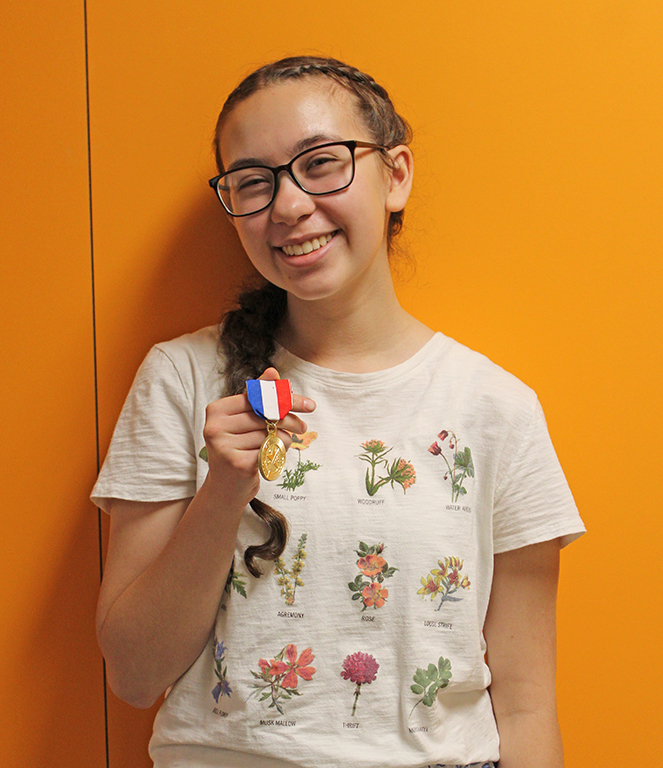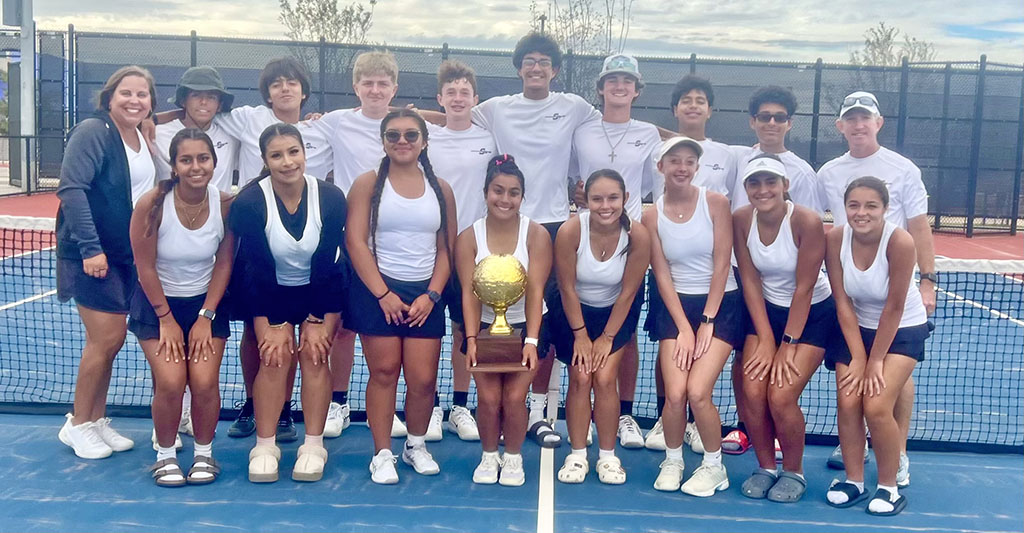After six weeks of the cellphone ban, both students and staff have adjusted to the loss of a form of communication.
“I think there’s been more discussion and human interaction,” math teacher Anthony Newberry said. “There is more on-task behavior and fewer students going to the restroom during tests.”
State Representative Caroline Fairly of Amarillo wrote eventual Texas House Bill 1841 which legally went into effect on Sept. 1 to require public schools to ban the use of cellphones by students during the school day.
“The phone ban has made our students more in-tune with the social aspect of school and made them realize how tied up they were with technology,” Principal Erik Kirkpatrick said. “I think it’s become safer because students aren’t as distracted as they were before, and they’re more aware of their surroundings.”
Even though students have more in-person communication, the law has made it harder to contact people during school hours.
“I am more concerned for my safety,” junior Elias Herrera said. “In case of an emergency, I cannot contact my parents with my phone.”
One exception to the law is a medical exemption, but students still must only access cellphones for a few minutes with permission. These exemptions must go through administration and the nurse.
“Because I have a chronic illness, the nurse can’t legally give me anything,” junior Amber Rosales said. “It takes forever to contact my parents without my phone.”
As the end of the six weeks approached, student not only couldn’t use as much artificial intelligence to complete their work, but also didn’t have automatic in-hand access to Powerschool.
“My grades have been quite negatively affected by the phone ban,” junior Matthew Garcia said. “I have had to resort to less efficient methods of note-taking, and it’s harder for me to check my grades and do my assignments without my phone.”
Art teacher Carissa Autry said the phone ban has opened students up to their peers.
“Students seem to be more aware of their surroundings and the people around them,” Autry said. “I feel it’s an overall improvement and will continue to improve student interaction and engagement in the future.”
Technology teacher Baylee Jones said she has faced obstacles in her teaching due to the ban.
“My classes would use their phones to take pictures/videos, so I had to purchase new equipment such as digital cameras and SD cards,” Jones said. “I am nervous to have to teach all new equipment and the trust that goes with that.”
Students like freshman Arlee Sumrow have had a phone confiscated.
“I forgot to put it up,” Sumrow said. “It was in my pocket.”
Senior Tristan Stixrud said the phone ban as had good effects for him.
“I have been using my phone a lot less,” Stixrud said, “and I have even started to use it less at home.”
For junior Logen Lee, the effect is the opposite.
“I still use my phone a lot,” Lee said. “I use it even more than before.”
Faced with the limitations the phone ban has set, students have found ways to maintain their lifestyles.
“I really enjoyed taking pictures at pep rallies before the phone ban,” senior Tristan Hare said. “I bought a digital camera, so I could still take pictures.”
Art teacher Brice Autry said he feels bad for using his phone in class since students can’t.
“I try to limit my phone usage,” he said. “I only use it when I absolutely need to.”

